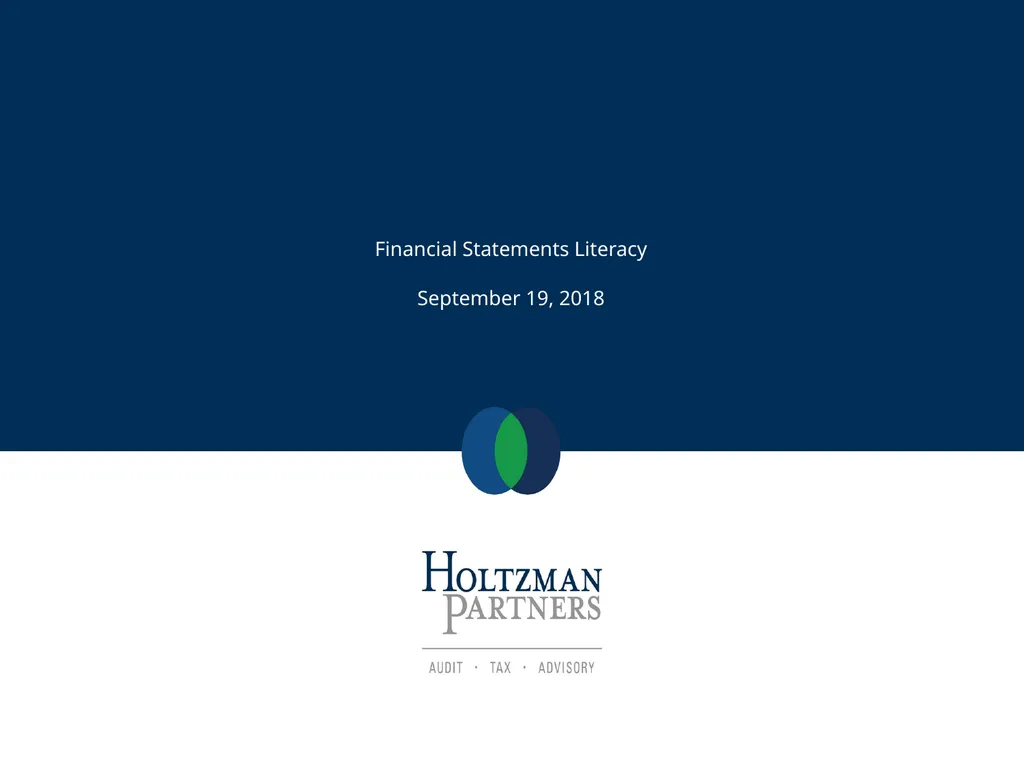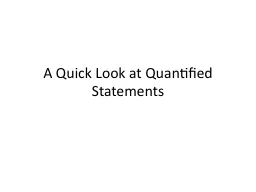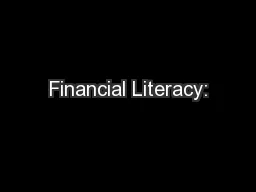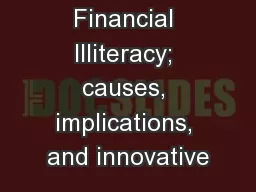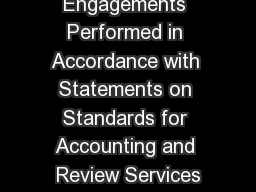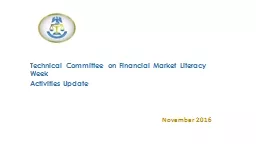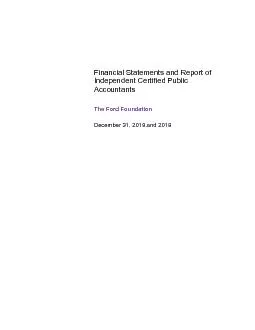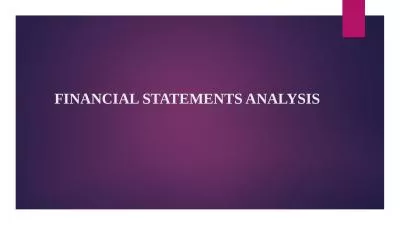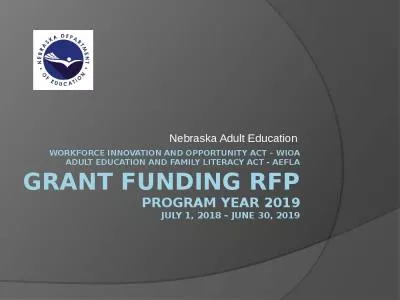Financial Statements Literacy September 19, 2018
Author : min-jolicoeur | Published Date : 2025-06-23
Description: Financial Statements Literacy September 19 2018 Financial Audit and Review Services Tax Services SOX Compliance and Internal Controls Employee Benefit Plan Audit Services IT Risk Compliance Advisory Holtzman Partners LLP Agenda Financial
Presentation Embed Code
Download Presentation
Download
Presentation The PPT/PDF document
"Financial Statements Literacy September 19, 2018" is the property of its rightful owner.
Permission is granted to download and print the materials on this website for personal, non-commercial use only,
and to display it on your personal computer provided you do not modify the materials and that you retain all
copyright notices contained in the materials. By downloading content from our website, you accept the terms of
this agreement.
Transcript:Financial Statements Literacy September 19, 2018:
Financial Statements Literacy September 19, 2018 Financial Audit and Review Services Tax Services SOX Compliance and Internal Controls Employee Benefit Plan Audit Services IT Risk & Compliance Advisory Holtzman Partners LLP Agenda Financial Statement Overview Financial Statement Analysis Financial Statement Ratios and Other Performance Measures Upcoming changes to Not-for-Profit Accounting Auditor Involvement Financial Statement Overview Key Roadmap to Organization Primary Financial Statements Basic financial statements: Statement of Net Assets Statement of Activities Statement of Cash Flows The Statement of Net Assets Key Points Summary of the financial position of an organization at a particular date Not necessarily market value Only recognizes assets that can be expressed in monetary terms Focus on the quality of the assets Accounting Equation Assets = Liabilities + Net Assets Sources of Funding Creditors’ claims against resources = + Net Assets (Self-funded) Resources Resources used to generate revenues Example: Statement of Net Assets Classified: Current and long-term assets Current and long-term liabilities Not required for nonprofits Listed in decreasing order of liquidity Comparative: Identifies significant changes over time The Income Statement Key Points Shows the results of an organization’s operations over a period of time What goods were sold, services performed, or contributions received that provided revenue for the organization? What costs were incurred in normal operations to generate these revenues? What are the earnings or change in net assets? Revenues ≠ Cash Inflow Example: Income Statement Classified: Expenses are categorized by function Classified as Unrestricted, Temporarily, and Permanently Restricted Comparative: Identifies significant changes over time The Statement of Cash Flows Key Points Reports the amount of cash collected and paid out by an organization for a period of time How did the organization receive cash and use it? Complementary to the statement of activities Indicates ability of an organization to generate income in the future Example: Statement of Cash Flows Operating activities – Transactions that enter into the determination of change in net assets Investing activities – Transactions that involve the purchase and sale of property, plant, equipment, and other assets not generally held for resale, and the making and collecting of loans Financing activities – Transactions whereby resources are obtained from, or repaid to, creditors Statement of Functional Expenses Key Points Distributes cost over functional and natural categories. Joint costs allocated among appropriate functional categories. Notes to the Financial Statements Disclosure of important information that is not shown on the face of the financial
